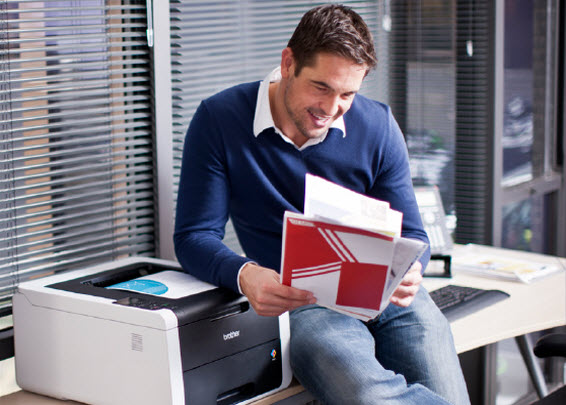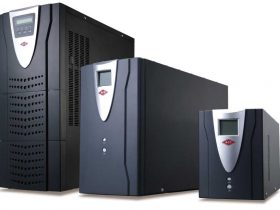Regardless of the overall size of our company, we need to have a reliable and fast printer. Whether we need a plain, black and white document or high quality full-color brochure, we should make sure that we have the right kind of printer equipped with all the necessary benefits and features. The best way to start is to examine the requirements of our employees. In this case, smaller companies with fewer than 20 employees may not require the same printers used by huge corporate with thousands of workers. But often, any company would put a premium on quality and speed, but they may have different requirements in printing capacity. Larger companies could require printers with high-capacity paper tray, while small companies could find consumer-level printers as adequate.

We may opt for basic printer models if our requirements are just related to plain documents with typical black ink. These printers could be available for less than $50 and they provide us with decent quality results, especially if the documents are used only for internal uses, such as for graphs and brief information used in daily meetings. Some printers can be available for a few thousands of dollars, but it doesn’t make sense to purchase printers with many features that we don’t need. Regardless of the model we choose, we should make sure that the printer has easy to use and intuitive controls. Often, even small companies need more than just printing common documents, they could also need to print graphs, tables, flowcharts and other graphical representations. Basic models should be capable of printing tables and graphs smoothly, but we shouldn’t expect much more than that.
There are three essential factors of printers that we need to consider, such as volume, capacity and speed. Printers usually have specific pages per minute printing speed and this could provide us with an indicator to the printer’s performance. However, it will take longer for basic printer models to print documents with logo, graphs, tables and other non-text objects. So, we should consider the advertised ppm figure is only for text-only documents. It would also be much slower for printers to print full-color photographs. So, it is important to have realistic expectations on how these printers should perform. Many printers can print text-only documents and full-color photographs at the same speed, but they are often more expensive than basic printer models. We should also be aware that printing full-color photographs will be more expensive operationally because these printers will require multiple inks with different colors.
Another thing that we need to consider is whether printers have good networking capabilities. Many low-entry printers use wired USB connections, while more expensive ones could be integrated into wireless network much more easily. It would be much easier to print through Wi-Fi network, but we should make sure that the overall configuration process would be quite simple to do. In any case, wired network can be more reliable, so smaller offices may need to consider using simpler, wired solutions.



























